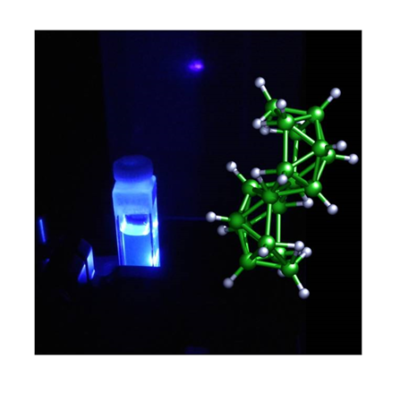Is my new compound a laser material?
In a world of increasing specialization, researchers are becoming super experts in a narrow subfield at the expense of sacrificing a global (less specialized) knowledge of the parent field. The light-matter interaction discipline is not an exception. For example, how can you know if the brand-new compound you have just extracted from the flask is a laser material? If you know virtually nothing about lasers and think that you should consult a laser materials expert, you are probably right. But, Luis, is there an “easy” way to carry out a first screening and avoid everyone losing precious time? It is indeed (partly). In the first part of the talk, I will highlight which are the main photophysical signatures that one has to inspect and I will provide an orientative recipe to check whether a new compound can potentially become a laser material. I will exemplarize the goodness of this recipe with the discovery of the first laser borane (anti-B18H22) [1]. In the second part of the talk, I will show that this “easy” recipe may fail, as there are a myriad of photophysical effects that can degrade the laser emission and eventually kill it off altogether. The ultimate goal of this talk is that the workshop’s attendees learn that all laser materials are strongly glowing compounds, but that not all strongly glowing compounds are laser materials.
[1] Cerdán et al., “A borane laser,” Nat. Commun. 6, 5958 (2015)

